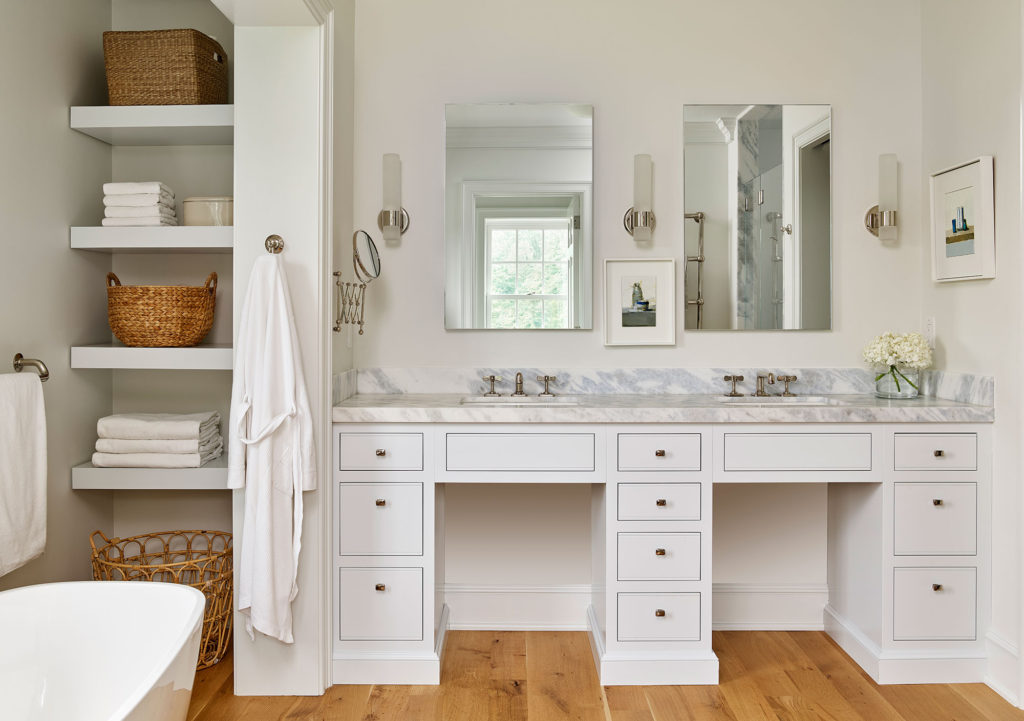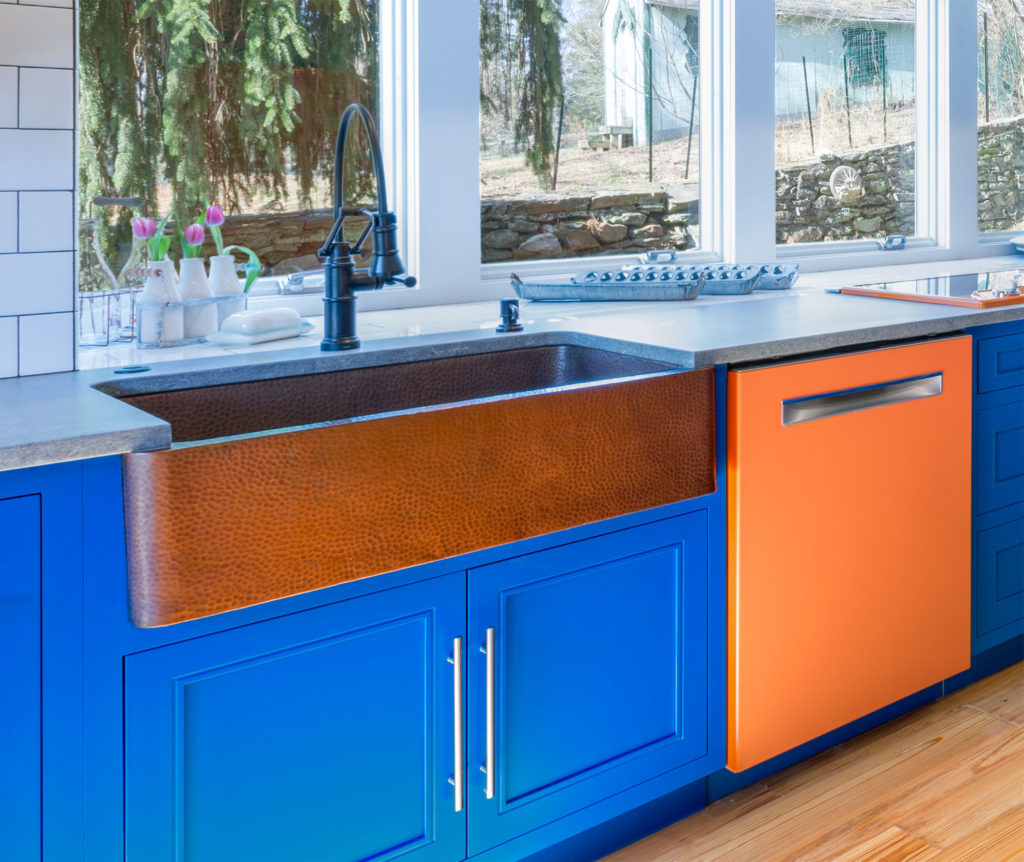
For Consideration: Designer Approach to Combatting Germs
October 12, 2020
It’s been quite a year, and it’s you versus them. Germs. A tough and formidable foe. COVID-19 continues to monopolize the headlines; but our battle against this and other swarthy pathogens has been made easier with antimicrobial technologies and smart design choices.
So, what exactly does the term antimicrobial mean? Succinctly, it is possessing an active agent or technology that kills or slows the spread of microorganisms known to cause illness, like bacteria, viruses, and fungi such as mold and mildew.
There are three types of antimicrobial products consumers use to reduce, prevent, or kill microbes: sanitizers, disinfectants, and sterilizers. Examples include bleach, hot steam, alcohol-based sanitizers, and hydrogen peroxide. When safely administered, they can be effective in most applications — but they must be repeatedly and continually applied to affected surfaces.
Enter the design field. For longer-term and even more effective antimicrobial strategies, check out these stylish options that are applicable in a residential setting as well as in commercial or institutional environments. Note, they are meant to work in conjunction with proper cleaning/disinfecting/sanitizing procedures. (Please also note there are opposing viewpoints on the safety of some antimicrobial products; in all cases users should carefully weigh the benefits and potential risks of a product before incorporating it.)
SURFACES
Specify nonporous surfaces and countertops, like engineered quartz and solid surfaces (i.e. Corian). There are no minute openings to allow penetration, so they virtually act as “do not enter” signs for unwanted germs.
Disease-transmitting microbes can still live on top of a surface (some up to a month), so some companies add food-safe silver alloys to countertops to help destroy germs. When stainless steel is impregnated with “nanocrystalline” silver, it is elevated to medical-grade stainless – greatly reducing surface bacteria. Stainless steel is great for high-germ zones because of its durability and ease. Consider this sleek option for kitchen countertops, work surfaces, and cool fittings.

METALS
Metals like silver, copper, and zinc may be some of the best natural germ fighters. Silver, the strongest combatant, has actually been used in water storage containers as far back as 5 BC. Look at silver containers, copper sinks, and zinc work surfaces.

UPHOLSTERY & CARPETS
Germs within upholstery and carpets are difficult to combat. Introduce innovative antimicrobial textile treatments that can also be good at repelling stains and moisture.

ADDITIVES
An additive product can inhibit the growth of odor from bacteria by 250%. It also protects against degradation and mold and mildew growth in paints, plastics, HVAC systems, and other building materials. Aside from antimicrobial characteristics, it also enables easier cleaning and longer-lasting freshness.

MOTION-SENSOR FITTINGS
Motion-sensor faucets, soap dispensers, toilet flushers, light switches, etc. offer a simple strategy: if you don’t touch it, it’s harder to spread. Of course, you still have to wash your hands (and these fittings), but it makes the process that much easier…and fun.
UV LIGHTING
UV lighting in the HVAC system can kill organic particles like bacteria and mold. But it is not effective against dust, pet dander, and other allergens. It is good for humid climates, and portable options are available for targeted use.
Fighting germs does not have to be ugly. Unfortunately, no solution or technology is 100%, so for best results, the decimation of these microscopic squatters should be done completely and instantaneously. Products should always be tested and approved for surfaces. Oils and fats left on surfaces can inhibit the effectiveness of some antimicrobials — so always good to wipe them up as soon as possible. And, don’t forget the doorknobs, railings, wall plates, keyboards, and phones — in addition to the traditional breeding grounds in bathrooms and kitchens. Be safe and be well!
– BACK TO ANNOUNCEMENTS –